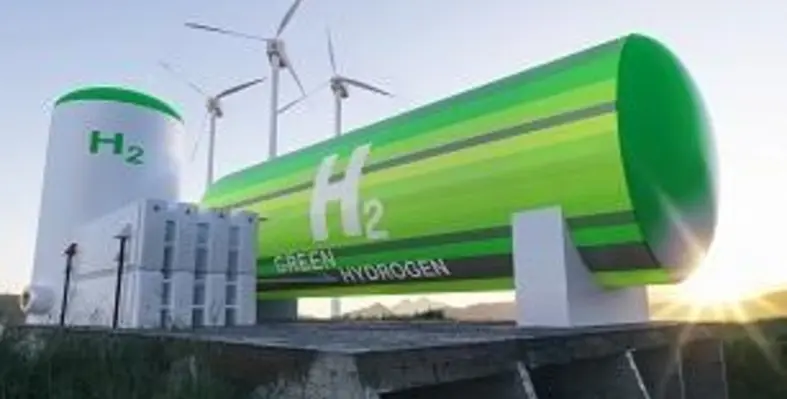The International Energy Agency (IEA) has released its annual Global Hydrogen Review which suggests that momentum continues to build behind low-emissions hydrogen amid the global energy crisis
Electrolyser manufacturing is expected to grow strongly and pilot projects are proliferating in new applications such as steel and transport which is driving this growth. However, the IEA noted, these areas remain a small part of the overall hydrogen landscape, highlighting the need for greater policy support.
The report indicated that the encouraging developments in hydrogen technologies that can support the clean energy transition include an expected sixfold increase by 2025 in global manufacturing capacity of electrolysers, which are needed to produce low-emissions hydrogen from renewable electricity. Low-emissions hydrogen production worldwide in 2021 was less than one million tonnes – with practically all of it coming from plants using fossil fuels with carbon capture, utilisation and storage.
Meanwhile, overall hydrogen demand worldwide reached 94mn tonnes in 2021, exceeding the previous annual high of 91mn tonnes reached in 2019. Almost all of the increase last year was met by hydrogen produced from fossil fuels without carbon capture. And while demand for new applications of hydrogen jumped by 60% in 2021, the growth was from such a low base that it rose to just 40,000 tons.
With the global energy crisis boosting interest in low-emissions hydrogen, the pipeline of projects keeps expanding, though only a small share of the projects are under construction. The Global Hydrogen Review lays out a series of policy recommendations to build the frameworks and create the demand needed to encourage investment in low-emissions hydrogen, including in the electrolysers and carbon capture technologies needed to produce it.
Taking into account today’s policy settings by governments, the new report estimates that global hydrogen demand is set to reach 115mn tonnes by 2030. If governments fully deliver on their current climate pledges, that number could rise to 130mn tonnes, with more than a quarter of it being met by low-emissions hydrogen. A similar amount of global hydrogen demand would be for new applications in that scenario.
The report suggests that based on today’s prices, renewable hydrogen could already compete with hydrogen from fossil fuels in regions that have good renewable resources and that currently rely on imported fossil fuels for hydrogen production.
Today, global capacity to manufacture electrolysers stands at 8GW a year, but based on industry announcements it could exceed 60GW a year by 2030. And if electrolyser projects in the pipeline are completed and the planned scaling up in manufacturing capacities takes place, costs could fall by around 70% by 2030 compared with today.
IEA executive director, Fatih Birol, commented, “There are growing signs that hydrogen will be an important element of the transition to an affordable, secure and clean energy system, but there are still major advances in technology, regulation and demand needed for it to fulfil its potential. The strong flow of announcements we now see for low-emissions hydrogen projects are yet another indicator that a new energy economy is emerging. Governments now need to implement concrete policies to remove regulatory barriers and support shovel-ready projects.”






